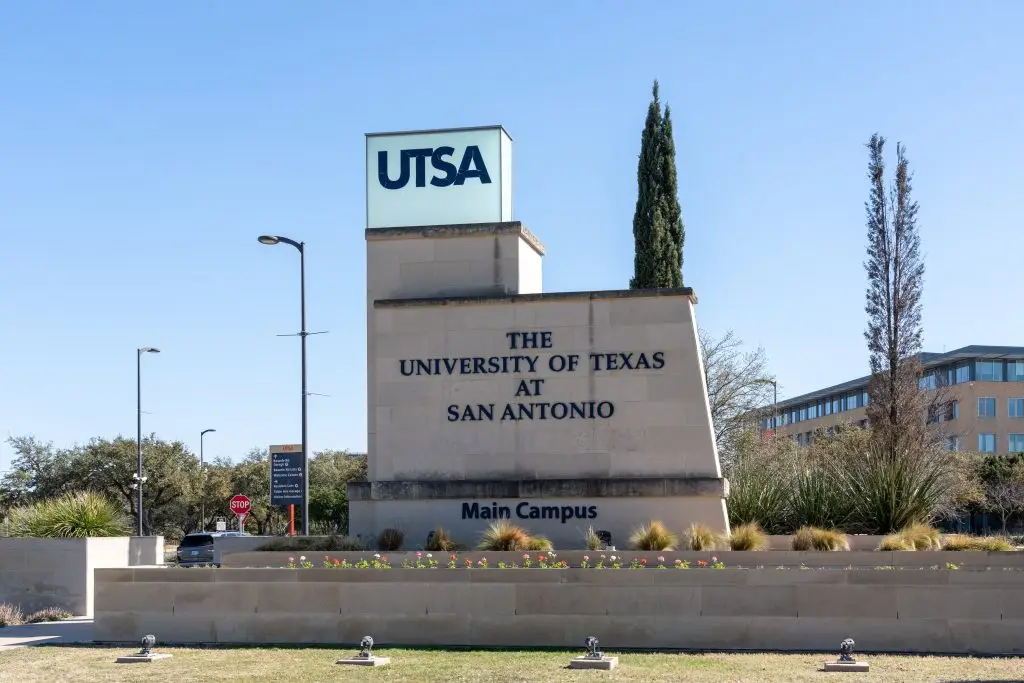Texas public schools are grappling with a significant teacher shortage, leading to an increasing reliance on uncertified educators to fill classroom vacancies.
Recent data from the Texas Education Agency (TEA) reveals that of the more than 350,000 teachers currently employed in the state, 12% lack official certification, equating to approximately 42,000 individuals whose training backgrounds are unverified.
This trend marks a substantial rise from previous years. In the 2023-2024 academic year, over 15,300 new teachers without adequate Texas certification were hired, a sharp increase compared to fewer than 2,300 such hires in 2010.
The shortage is particularly acute in specialized subjects. For the 2024-2025 school year, the TEA has identified critical shortage areas including Bilingual/English as a Second Language, Career and Technical Education (secondary level), Computer Science/Technology Applications, English Language Arts and Reading (secondary level), Mathematics (secondary level), and Special Education.
The influx of uncertified teachers has raised concerns about educational outcomes. A study by Texas Tech University found that students taught by new uncertified teachers experienced learning losses equivalent to about four months in reading and three months in math. However, if these teachers had prior classroom experience, such as serving as substitutes, student performance was comparable to that of peers taught by certified educators.
Efforts are underway to address the shortage. The University of Texas at San Antonio (UTSA) has launched a program to support paraprofessionals in becoming certified bilingual teachers, aiming to fill gaps in bilingual education. The initiative offers financial assistance, academic guidance, and practical classroom experience to help paraprofessionals overcome barriers to certification.
Additionally, proposed legislation in the Texas Senate seeks to increase teacher salaries, with significant raises for educators in smaller districts. The bill proposes annual salary increases ranging from $2,500 to $10,000, depending on district size and teacher experience. It also includes provisions for performance bonuses, free preschool services for teachers’ children, and a new state liability insurance program.
As Texas continues to confront its teacher shortage, the state faces the challenge of balancing immediate staffing needs with the long-term goal of ensuring all students receive instruction from qualified, certified educators.




